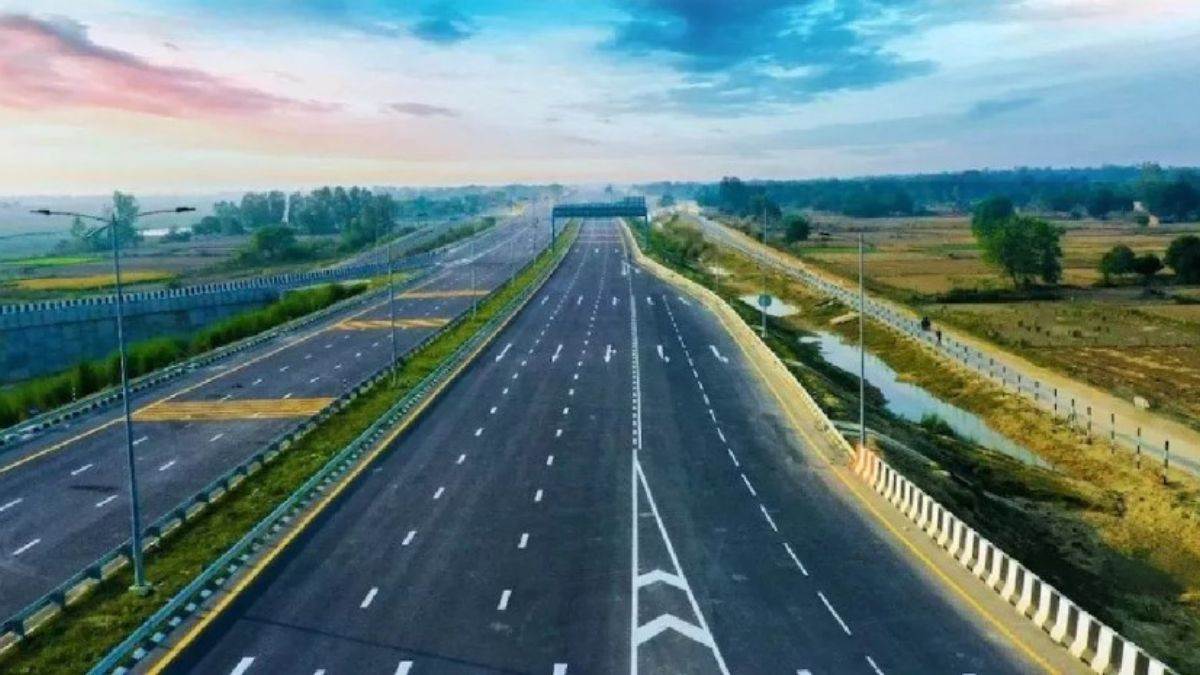Agra, a city steeped in history and home to the majestic Taj Mahal, is poised for a transformation with the Indian government’s selection of the city for a Greenfield industrial township. The proposed mega cluster of non-polluting industries is expected to generate a whopping one lakh jobs, making it a game-changer scheme for the region. However, the lack of details and the numerous challenges that lie ahead raise concerns about the feasibility of this ambitious project.
The Taj Trapezium, a 10,400 sq km eco-sensitive zone, is already subject to numerous restrictions and stringent anti-pollution laws. The presence of such a large industrial township in this zone could lead to conflicts and challenges in implementation. Furthermore, Agra lacks a skilled base and a professional entrepreneurial class, making it unclear how this scheme will translate into reality.
To make this vision a success, the government needs to address several problem areas. Firstly, the state of the Yamuna River, which runs through the city, is a major concern. The river is heavily polluted, and any industrial activity will need to ensure that it does not exacerbate the problem. Secondly, the city’s infrastructure, including roads, power supply, and water management, needs to be upgraded to support the influx of industries and workers.
The government should also focus on developing a skilled workforce, through vocational training and education programs, to meet the demands of the new industries. Additionally, measures should be taken to promote entrepreneurship and support start-ups in the region.
Looking ahead, Agra’s future should be envisioned as a city that seamlessly blends its glorious monuments with modern industrial and economic growth. The city should aim to become a model for sustainable development, where industries coexist with the environment and the community.
To achieve this vision, the government should:
1. Conduct thorough environmental impact assessments and ensure that industries adhere to strict pollution norms.
2. Develop a comprehensive plan for upgrading infrastructure, including roads, power supply, and water management.
3. Establish vocational training programs and education initiatives to develop a skilled workforce.
4. Promote entrepreneurship and support start-ups through incentives and mentorship programs.
5. Ensure that the benefits of industrial growth trickle down to the local community, through job creation and social welfare programs.
In conclusion, the Greenfield industrial township has the potential to be a game-changer for Agra, but it requires careful planning, execution, and attention to detail. By addressing the problem areas and working towards a sustainable future, Agra can become a shining example of India’s industrial and economic growth, while preserving its rich cultural heritage.
To ensure a harmonious blend of industrial growth and environmental preservation, the following industries could be established in Agra:
1. Eco-friendly Manufacturing: Sustainable and eco-friendly manufacturing processes, such as solar panel production, sustainable packaging, or eco-friendly textiles.
2. Renewable Energy: Renewable energy facilities like solar power plants or wind farms to reduce the carbon footprint.
3. Tourism-Related Industries: Sustainable tourism industries, such as eco-friendly hotels, handicraft production, or cultural experiences.
4. Food Processing and Agro-based Industries: Food processing units for organic produce or agro-based industries promoting sustainable farming practices.
5. Research and Development Centers: Research facilities or technology parks focusing on environmental conservation, clean energy solutions, or sustainable development.
6. Green Infrastructure Development: Industries focusing on green infrastructure development, such as eco-friendly construction materials, sustainable urban planning, or green transportation solutions.
7. Waste Management and Recycling: Industries focusing on waste management, recycling, or upcycling to reduce pollution and promote a circular economy.
8. Water Conservation and Management: Industries related to water conservation and management, such as rainwater harvesting systems, water purification technologies, or water-efficient irrigation solutions.
9. Digital and IT Services: Industries focused on digital and IT services, such as remote work solutions, e-commerce platforms for sustainable products, or digital marketing for eco-friendly brands.
10. Skill Development and Education: Industries related to skill development, vocational training, or sustainable education programs to create a workforce equipped for the green economy.
The successful development of a Greenfield township in Agra requires prioritizing environmental sustainability, engaging with local communities, conducting environmental impact assessments, and ensuring compliance with all regulations. By doing so, Agra can become a model for sustainable development, where industries coexist with the environment and the community, preserving its rich cultural heritage for future generations.





